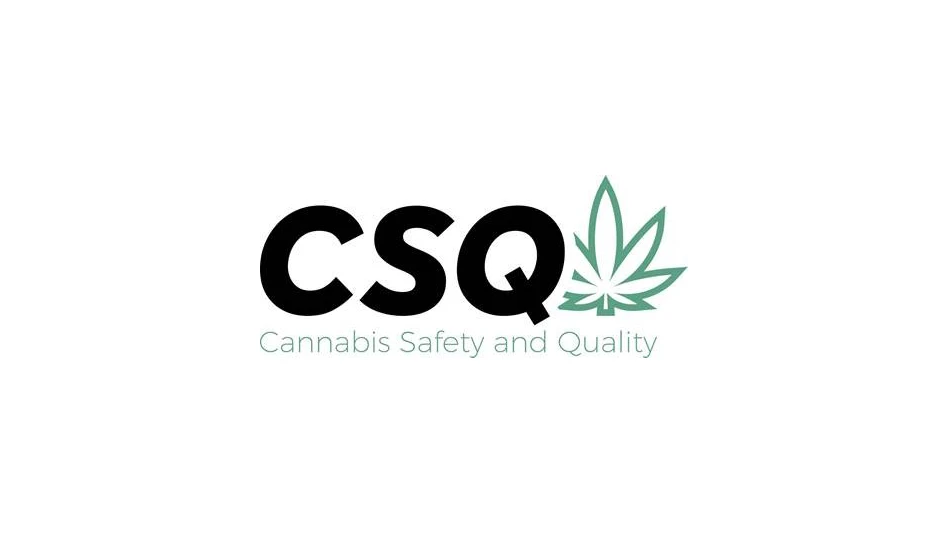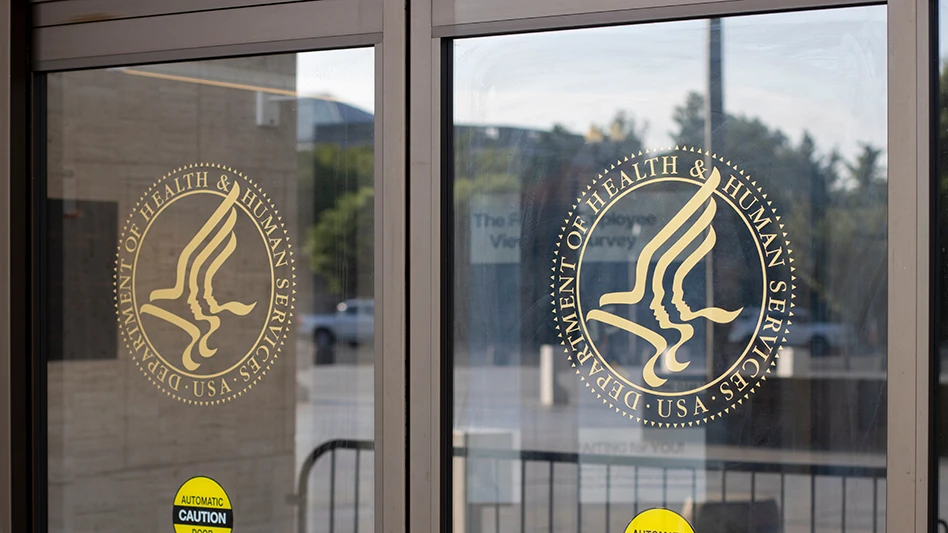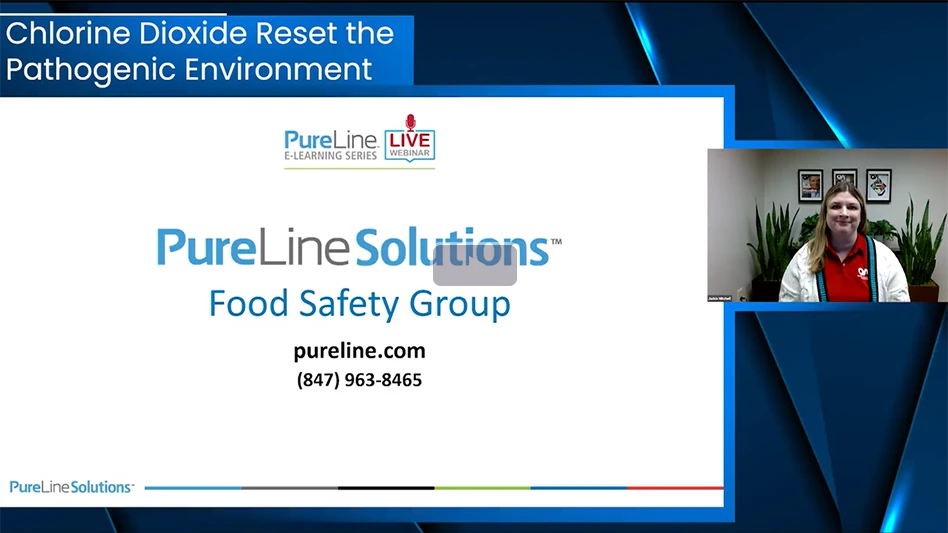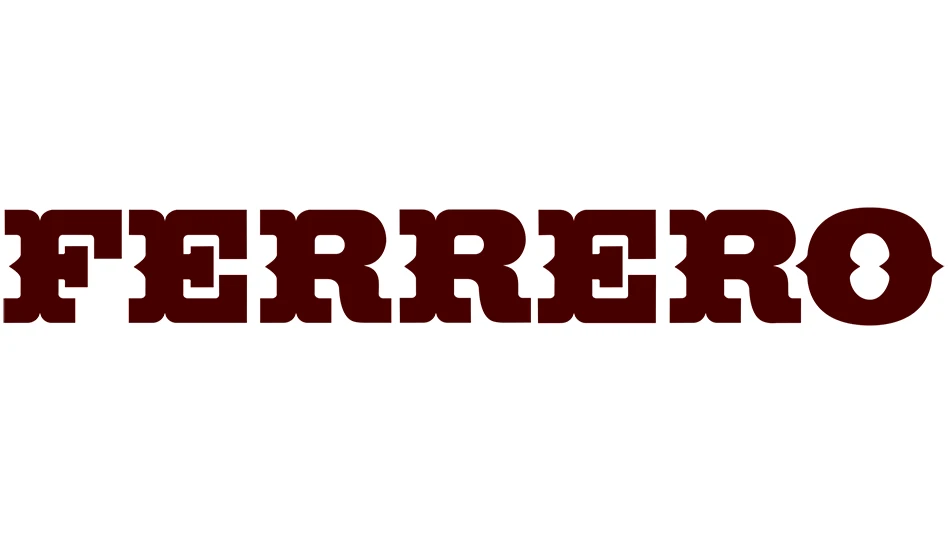By Lisa Lupo

Fulfilling the global demand for diverse food sourced from around the world has led to the creation of complex food supply chains which have limited traceability and accountability mechanisms, increasing the likelihood of food scares. However, as University of Surrey researchers discovered, no single, comprehensive, and useable categorization of food scares exists to enable the development of strategies for reducing the frequency and severity of scares. Those that do exist are too simplistic, not allowing for cross categorization of factors.
To increase clarity and consistency, the researchers worked with industry experts to develop a new categorization system, classified according to both its physical manifestation and the origins of the scare. By highlighting where and how the nature of different types of food scares overlap, this classification enables risk management teams to address categories of potential scares in a systematic way and develop effective strategies to help prevent future occurrences.
During the study, researchers also found current definitions of the term “food scare” to be inadequate as they fail to acknowledge consumers’ lack of trust in the food chain. So a new definition of a food scare was developed: “A food scare is the response to a food incident (real or perceived) that causes a sudden disruption to the food supply chain and to food consumption patterns.” This new recommended definition takes into account that it is the response of consumers in their purchasing decisions that elevates a food incident to a food scare.
(Source: “Food scares: a comprehensive categorization.”)
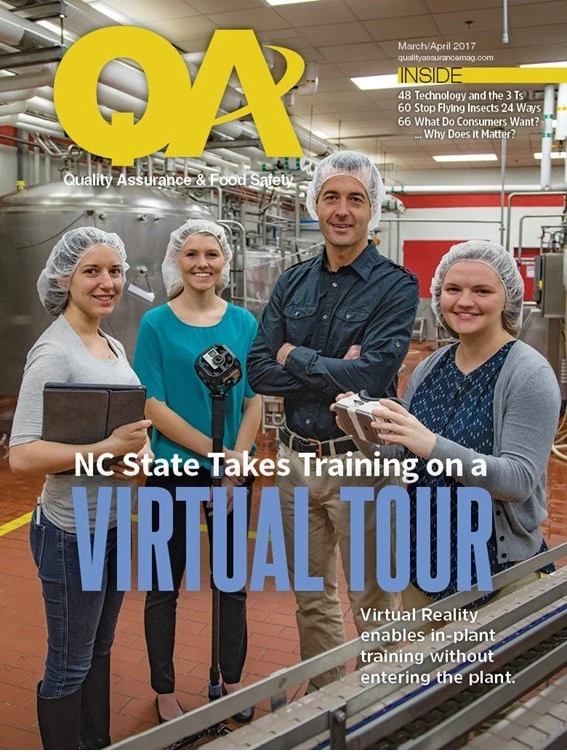
Explore the April 2017 Issue
Check out more from this issue and find your next story to read.
Latest from Quality Assurance & Food Safety
- ACC Central Kitchen Recalls Pork Buns Due to Undeclared Allergen
- Kim Heiman Elected to Second Term as President of Wisconsin Cheese Makers Association
- FAO Launches $150 Million Plan to Restore Ukrainian Agricultural Production
- Pet Food Company Implements Weavix Radio System for Manufacturing Communication
- Penn State Offers Short Course on Food Safety and Sanitation for Manufacturers
- USDA Announces New Presidential Appointments
- FDA to Phase Out Petroleum-Based Synthetic Dyes in Food
- IFT DC Section to Host Food Policy Event Featuring FDA, USDA Leaders
